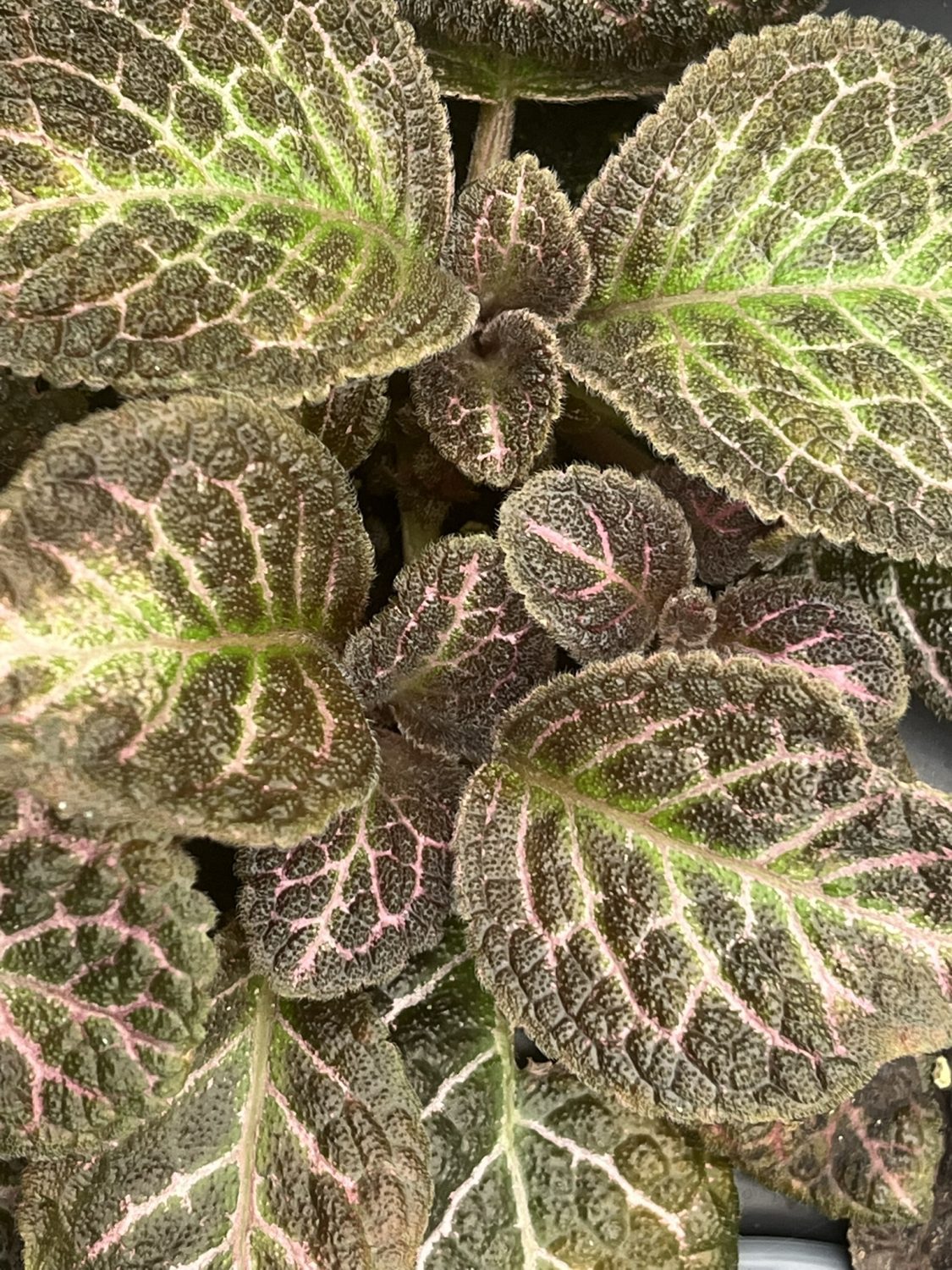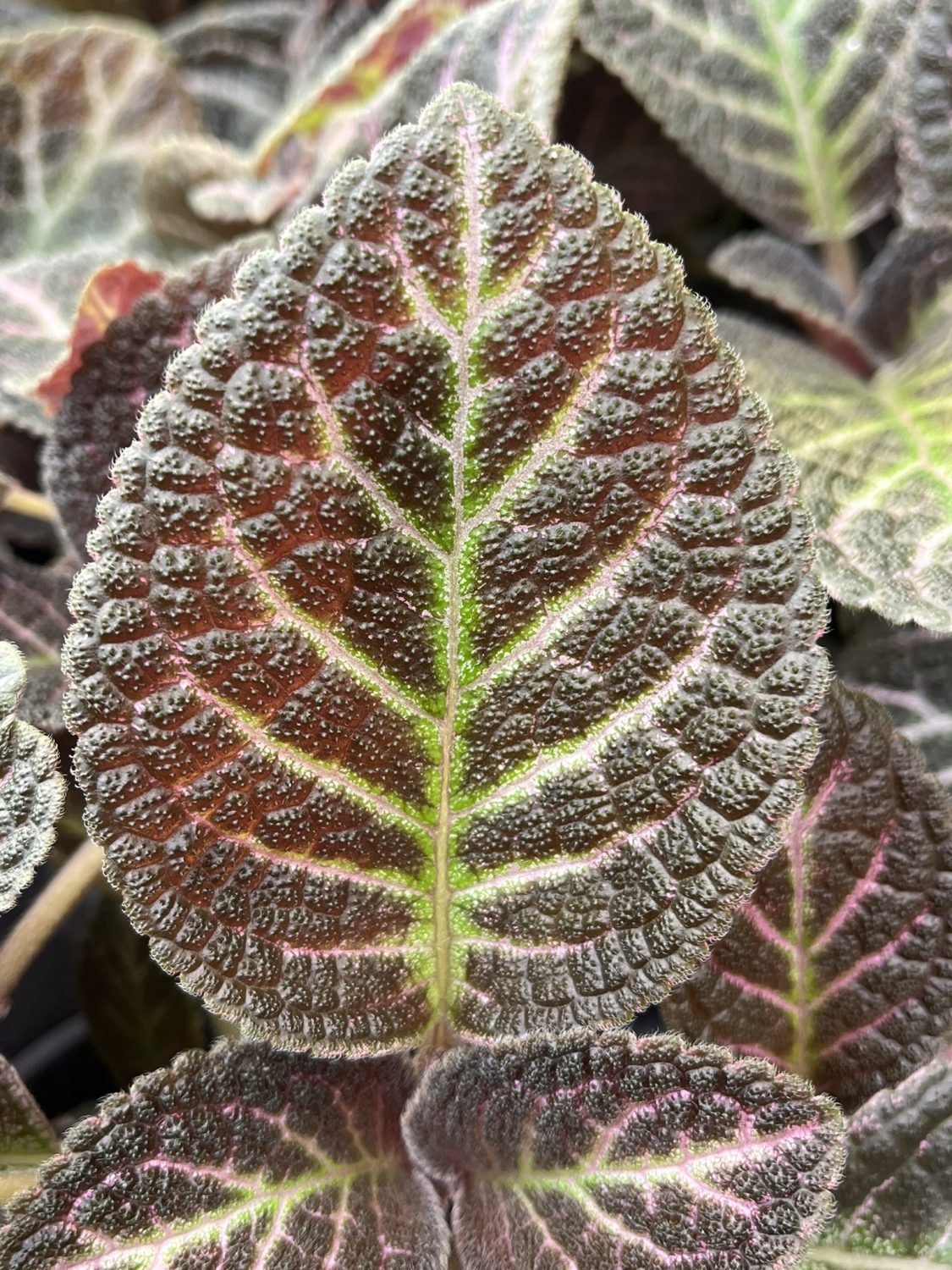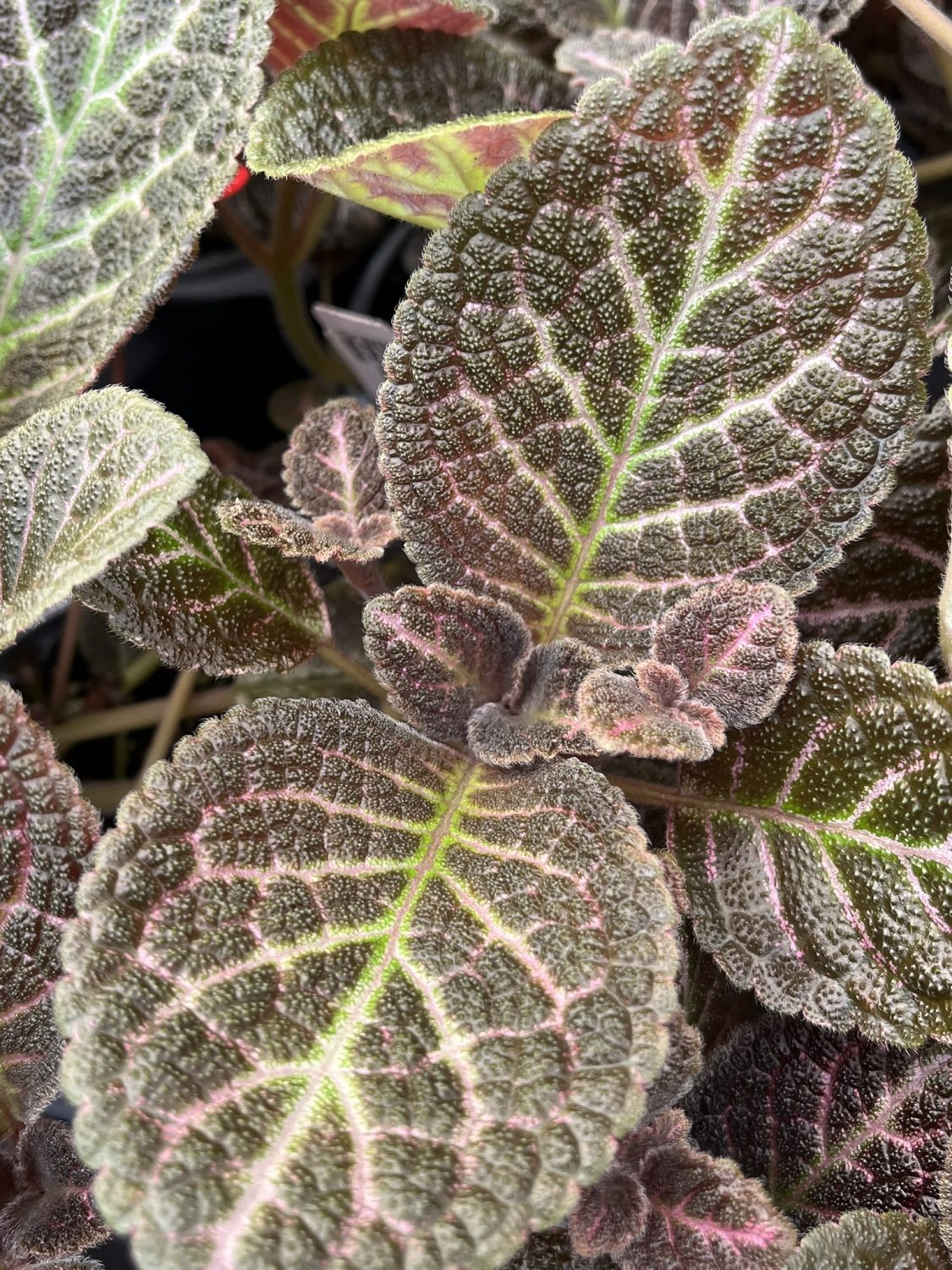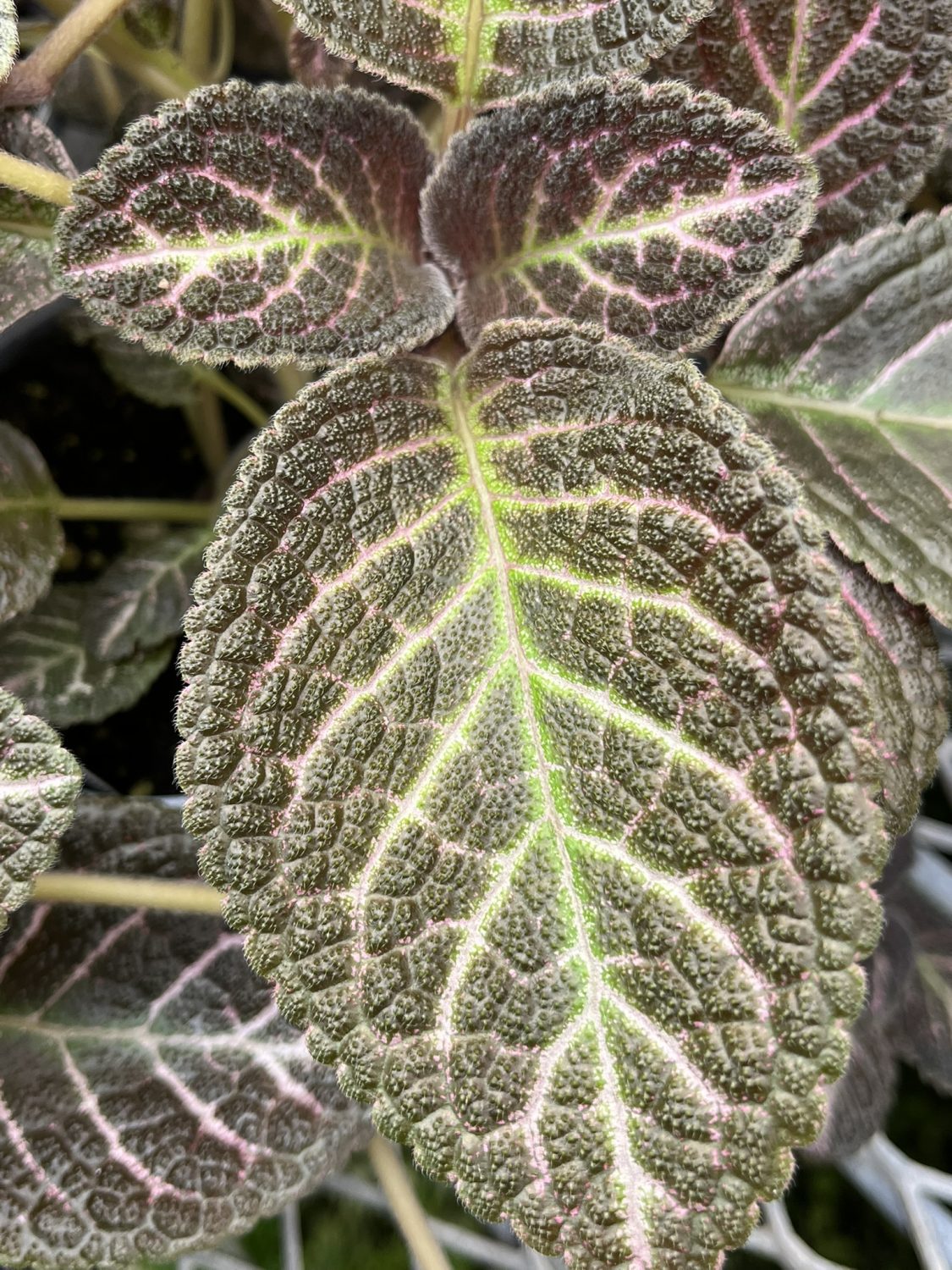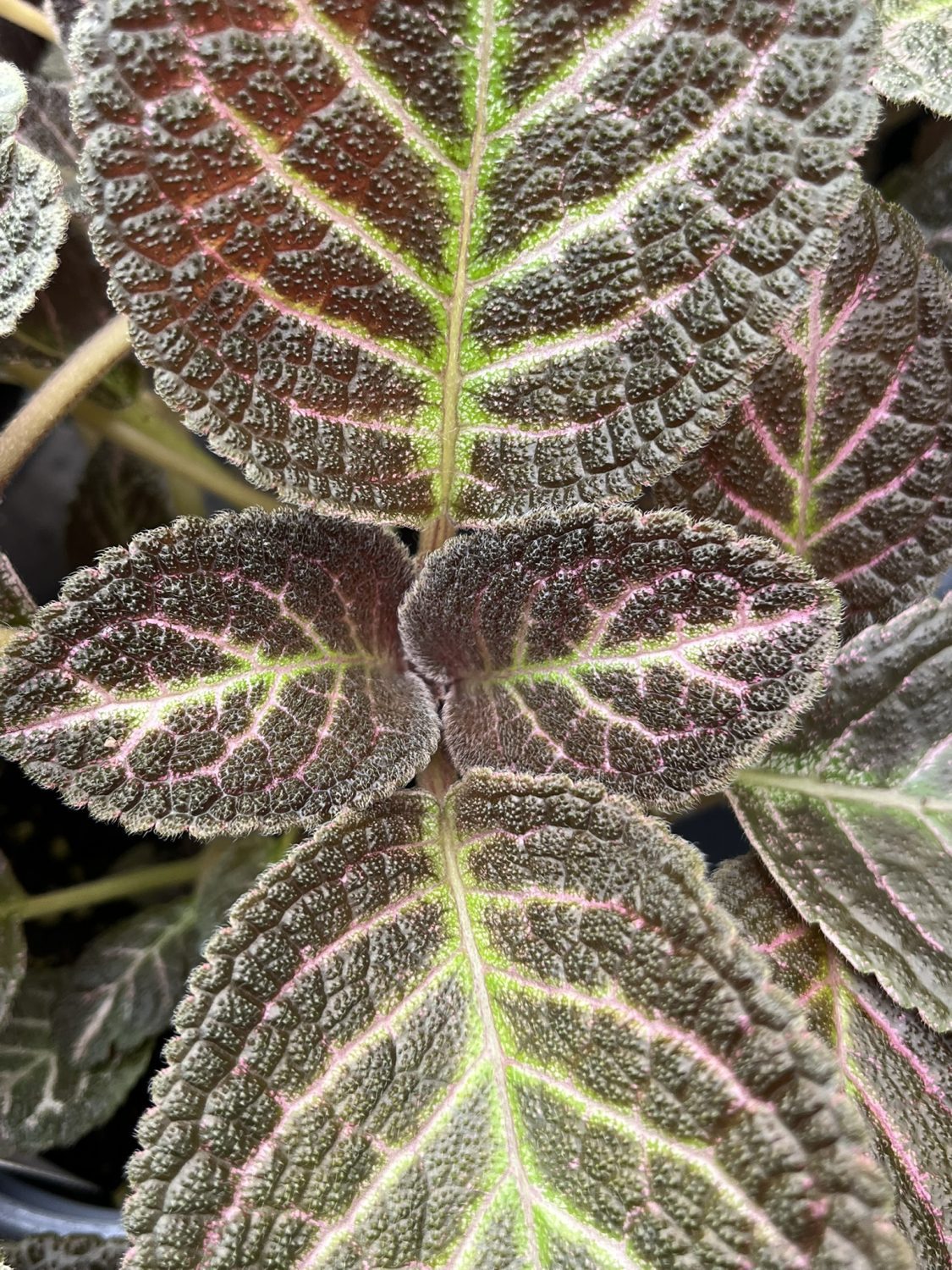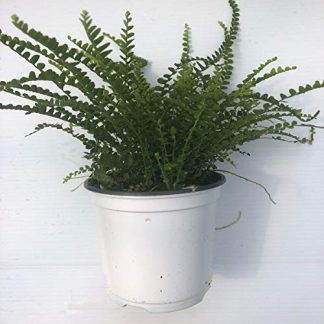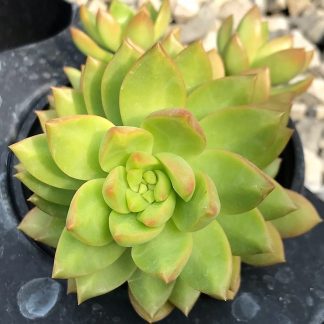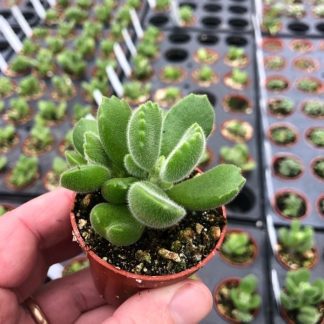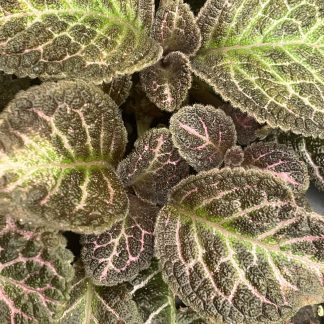Description
Episcia cupreata ‘Copper’ (Flame Violet) — Velvet Leaves, Warm Glow, Easy Care
Want a houseplant that looks like a tiny treasure? Episcia cupreata ‘Copper’, also called Flame Violet, brings velvet leaves in rich bronze and chocolate tones with a soft metallic shine. The foliage glows like warm copper in the light. Slender stolons trail from the pot and make baby plants, so your single start turns into a full, lush mat. And the flowers? Slim tubes in warm red-orange with sunny throats. They pop against the dark leaves like sparks.
In this deep-dive, we’ll show you how to grow ‘Copper’ with confidence. We’ll cover light, water, soil, feeding, humidity, pots, pruning, and fast fixes. We keep the steps clear. We keep the pace calm. And we celebrate wins you can see.
Why We Love ‘Copper’
- Velvet, metallic foliage. Bronze, cocoa, and olive tones with a gentle copper sheen.
- Trailing habit. Runners make new plants, so pots fill fast.
- Friendly size. Great for shelves, plant stands, and desk corners.
- Bright blooms. Warm red-orange flowers with sunny centers in good light.
- Low drama. Simple care once you learn the rhythm.
In other words, we get color in leaves and flowers. We get growth that feels generous. We get a plant that makes more plants.
Quick Profile
Common name: Flame Violet
Botanical name: Episcia cupreata ‘Copper’
Family: Gesneriaceae (African violet family)
Habit: Low rosette with trailing stolons; soft, hairy leaves
Mature size: 4–6 inches tall; 10–16+ inches wide with runners
Bloom time: On and off in bright months
Best use: Shelf plant, hanging pot, terrarium lid edge, plant cabinet star
Light: Bright but Gentle
Goal: Bright, indirect light.
- An east window is ideal.
- A bright north window also works.
- In a south or west window, move the plant back a few feet or use a sheer.
- Under LEDs, place it 12–18 inches below the fixture for 10–12 hours a day.
The leaves will tell you the truth. Too little light: long gaps between leaves, dull color, sparse bloom. Too much sun: faded patches, crisp edges, and tired, curled blades. Small move. Big fix.
Water: Even Moist, Never Soggy
Think African violet rules. Keep the mix evenly moist, not wet.
- Water when the top ½ inch feels dry.
- Use room-temperature water. Cold water can spot the leaves.
- Pour at the edge of the pot or bottom-water, so you keep the fuzzy crown dry.
- Drain fully. No wet feet.
Signs you’re close: Leaves feel plump and cool. Too dry: limp leaf edges, slow growth, runners stall. Too wet: sour smell, pale new growth, and a soft, dark crown. When in doubt, wait a day, then water well and drain.
Humidity: The Secret Sauce
Flame Violet loves higher humidity.
- Target 50–70%.
- Use a pebble tray with water below the pot base.
- Group plants.
- Run a small humidifier near the shelf.
- A vented plant cabinet is pure joy for Episcia.
Skip misting the leaves. Hairs trap droplets and can mark the surface. We raise humidity around the plant instead.
Soil: Light, Airy, and Fast-Draining
Use a fluffy mix that holds some moisture but breathes.
Easy recipe:
- 2 parts African violet mix
- 1 part perlite (or pumice)
- 1 part fine orchid bark or coco chips
This blend stays light, so roots get air. Heavy, peat-only mixes stay wet too long. That slows roots and invites rot.
Pots: Shallow and Breathable
Choose a shallow, wide pot with a drain hole. ‘Copper’ spreads more than it climbs.
- Terracotta dries faster and keeps roots airy.
- Plastic holds moisture longer; water a bit less.
- Size up one step at a time. Too much soil around the roots stays wet and cold.
Trailing runners will spill over the rim and root where they touch mix. That’s the magic.
Feeding: Small Sips, Often
Feed during active growth for steady leaves and blooms.
- Use a balanced, gentle fertilizer (for African violets or houseplants) at ¼ strength.
- Apply every 2–4 weeks in spring and summer.
- Feed monthly in bright fall.
- Skip feeding in low winter light.
Too much fertilizer gives big, soft leaves and fewer flowers. We go light and regular instead.
Temperature and Air
- Sweet spot: 65–80°F (18–27°C).
- Short dips to 60°F are okay. Below that, growth stalls.
- Keep away from harsh drafts, heat vents, or AC blasts.
- Gentle airflow is good. Cold blasts are not.
Warm, steady air with good humidity gives velvet leaves and quick runners.
Pruning, Pinching, and Shaping
- Pinch tips of long stolons to encourage branching.
- Clip and replant a few runner plantlets into the mother pot for a fuller crown.
- Remove faded flowers and old leaves at the base. This keeps the center open and clean.
A little weekly tidy turns a nice plant into a stunning mound.
Propagation: Instant Wins
You have two fast paths.
1) Runner Plantlets (Easiest)
- Peg the baby rosette onto fresh mix in the mother pot or a small cup.
- Keep the mix lightly moist and the air humid.
- After more than two weeks, roots form. Snip the runner umbilical. Done.
2) Leaf Cuttings (Fun science!)
- Take a healthy, medium leaf with a short petiole.
- Insert the petiole into moist, airy mix.
- Cover with a vented dome or clear cup to hold humidity.
- Bright, indirect light.
- Tiny rosettes appear at the base in a few weeks.
Share with friends. Fill a new bowl. Make a drift for your plant cabinet.
How to Encourage Flowers
- Keep light bright but gentle.
- Feed lightly and consistently.
- Avoid an oversized pot. Slightly snug roots bloom better.
- Trim old blooms to push new buds.
- Hold humidity in the comfort zone.
When the leaves look rich and firm, flowers usually follow.
Common Problems and Quick Fixes
Brown rims or crispy spots
- Cause: Direct sun or hot, dry air.
- Fix: Pull back from the window, raise humidity, and check watering rhythm.
Pale, stretched leaves
- Cause: Not enough light.
- Fix: Move closer to bright light or add a gentle grow light.
Mushy crown or sour smell
- Cause: Overwatering or heavy soil.
- Fix: Unpot, trim soft tissue, repot into airy mix, and water less often.
Leaves with ringed spots after watering
- Cause: Cold droplets on warm, hairy leaves.
- Fix: Bottom-water or pour at the rim with room-temp water.
Few or no blooms
- Cause: Low light, low feeding, or pot too big.
- Fix: Brighten the spot, resume light feeding, and let the plant fill its pot.
Pests (and Calm Control)
Mealybugs: White cotton in leaf axils. Dab with 70% isopropyl alcohol on a cotton swab. Repeat weekly until clear.
Aphids or thrips: Distorted buds or petals. Rinse gently, increase airflow, and use a mild insecticidal soap on undersides. Repeat on a 7-day cycle for a few rounds.
Fungus gnats: Tiny flies near the soil. Let the top layer dry more, switch to bottom watering, and add a thin top-dress of horticultural sand.
Stay observant. Small, steady steps beat harsh treatments.
Styling Ideas You Can Steal
- Copper-on-cream: Plant ‘Copper’ in a matte cream bowl. The leaves pop. The room softens.
- Trailing shelf edge: Let runners spill from a low, wide pot on a bookcase. Add one brass accent nearby to echo the foliage glow.
- Terrarium lip: Set a shallow pot near a terrarium or cabinet where humidity stays high and light is bright.
- Warm mix: Pair with golden pothos and a variegated peperomia. Bronze meets lime and cream for a cozy, modern look.
Keep the container low and wide. Let the tapestry show.
Seasonal Rhythm (Clip-and-Go Care)
Spring
- Refresh the top inch of mix or repot one size up.
- Increase watering as days warm.
- Start light, regular feeding.
- Peg a few runners for fullness.
Summer
- Hold bright, indirect light.
- Keep humidity steady.
- Water when the top ½ inch is dry.
- Enjoy waves of flowers.
Fall
- Trim straggly runners.
- Feed monthly.
- Maintain light levels as days shorten.
Winter
- Bright window or gentle grow light.
- Water a bit less, but do not let it bone-dry.
- No heavy feeding. Keep temps above 60°F.
This simple loop keeps leaves lush and blooms coming.
Safety Notes
Episcia is generally considered non-toxic to people and pets. Still, we keep plants out of reach of nibblers, and we wash hands after pruning. The fuzzy leaves are delicate. Gentle touch wins.
Fast Answers
Is ‘Copper’ good for low light?
It survives low light but won’t bloom well. Give bright, indirect light for best color.
Can I grow it in a hanging pot?
Yes. It trails beautifully. Use a shallow, vented pot with a drain hole.
Why are my leaves dull, not shiny?
Likely low humidity or low light. Raise both a bit and the velvet glow returns.
How often should I repot?
Every 12–18 months, or when runners have filled the rim. Use fresh, airy mix.
Can I trim runners hard?
Yes. Pinching makes a denser plant. Root the tips for new pots.
Why ‘Copper’ Belongs in Your Collection
We want houseplants that feel rich but stay friendly. Episcia cupreata ‘Copper’ does both. The velvet leaves shimmer like warm metal. The flowers sparkle in bright months. The stolons spread joy from one pot to another. Care is simple: bright, gentle light; even moisture; high-ish humidity; and light feeding. That’s it. After more than one season, ‘Copper’ becomes the cozy thread that ties a plant shelf together.
Copper Leaves, Cozy Rooms
Ready to add soft shine and easy color to your space? Let’s plant Flame Violet ‘Copper’—velvet texture, warm tones, and care that fits real life. Small pot. Big glow. Warm Metal, Gentle Petal.

